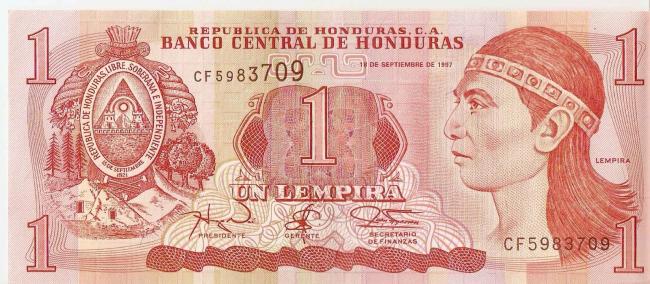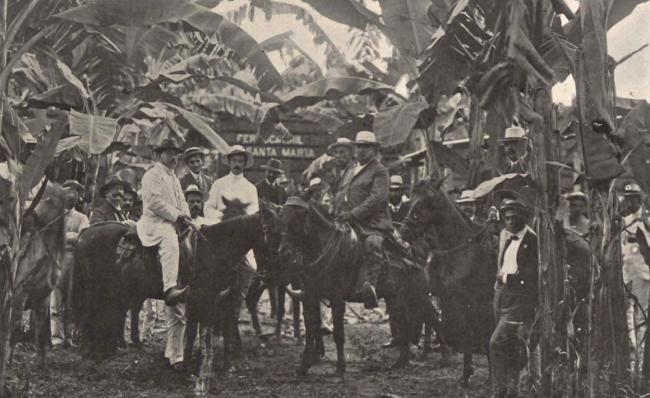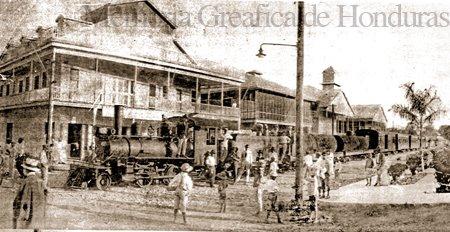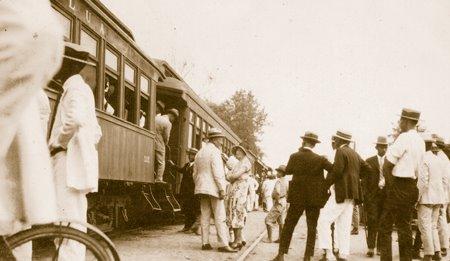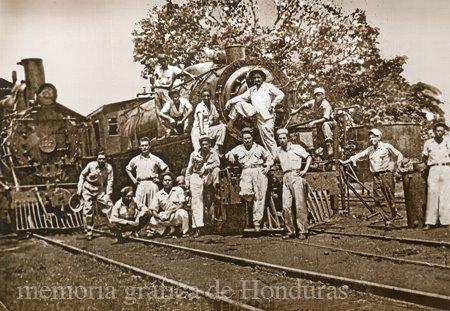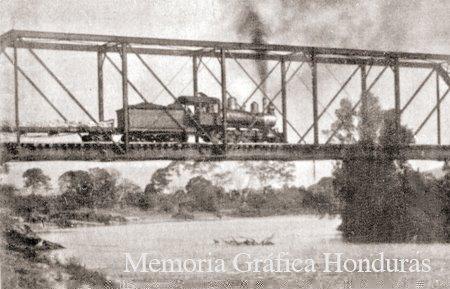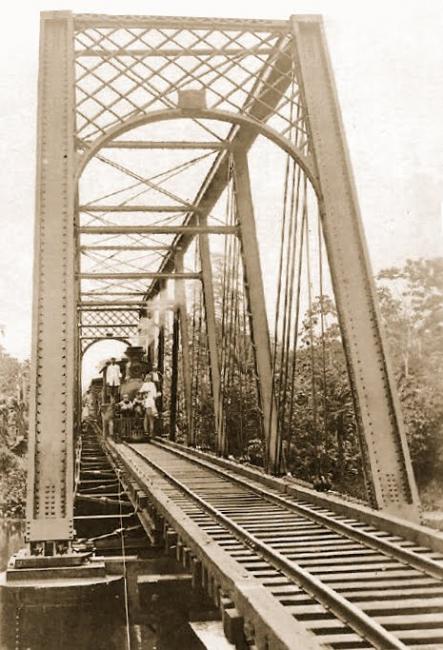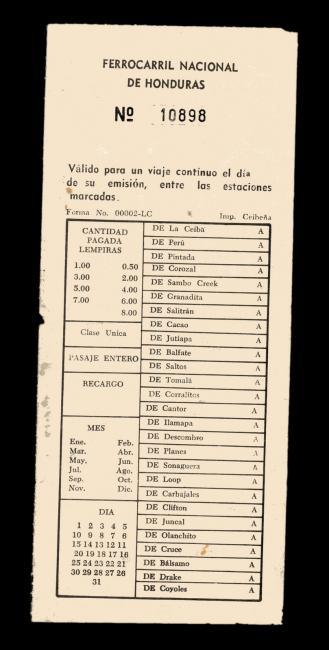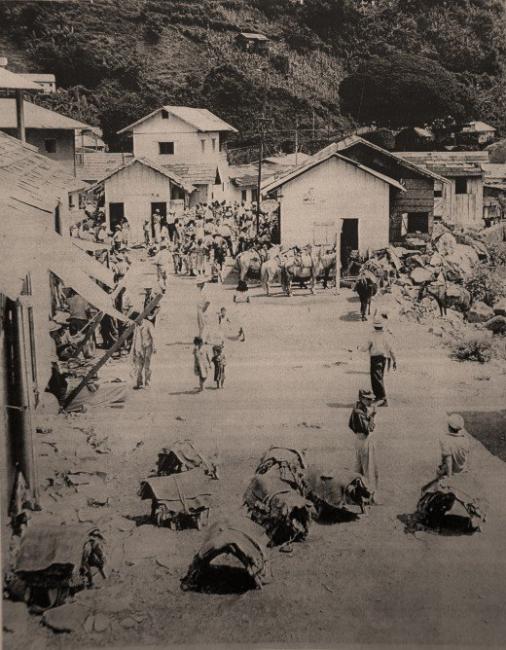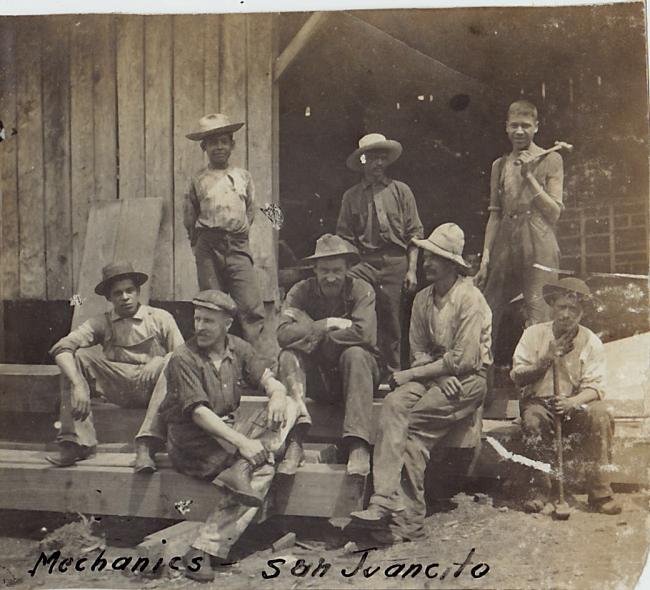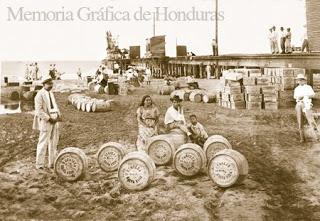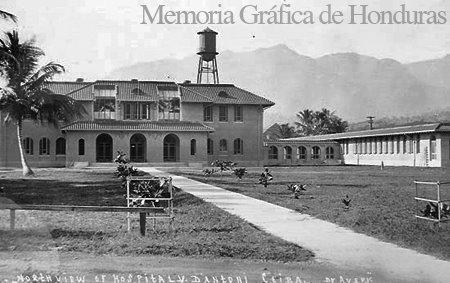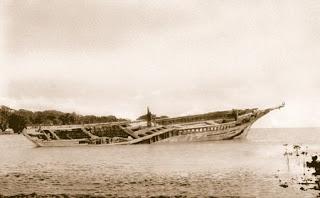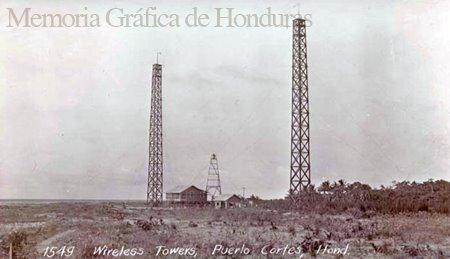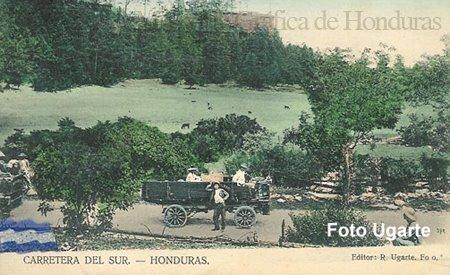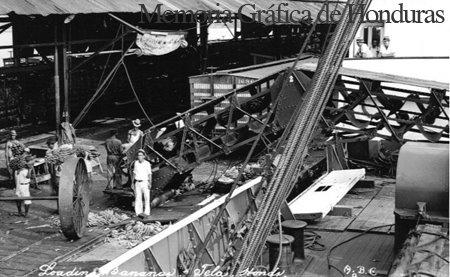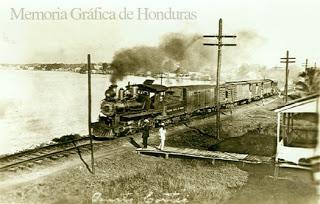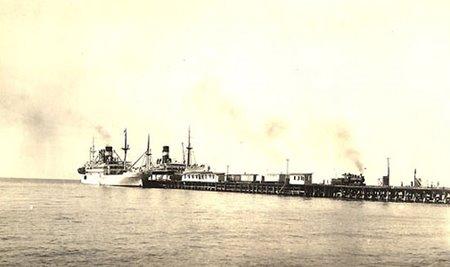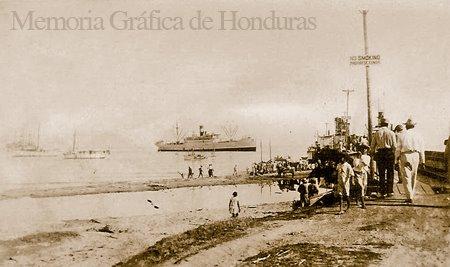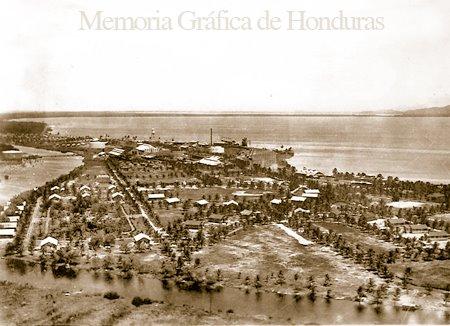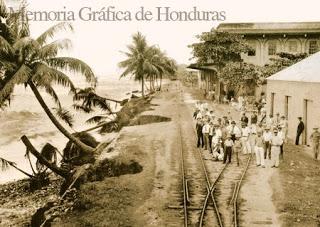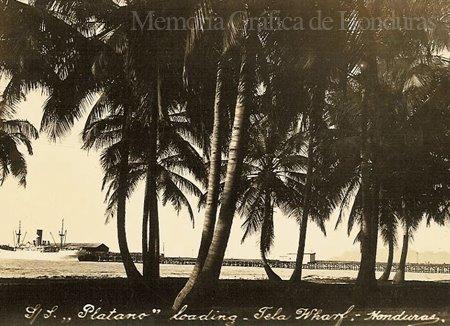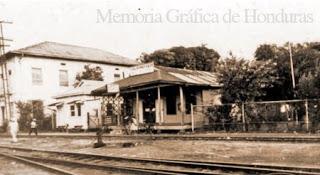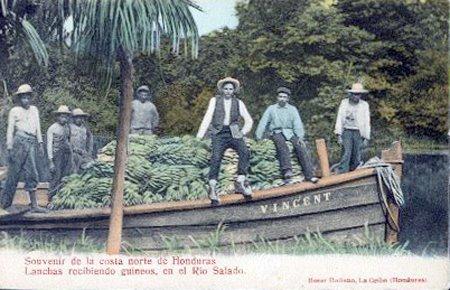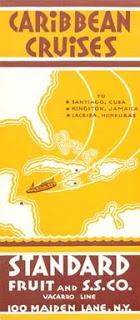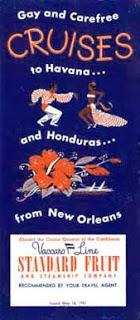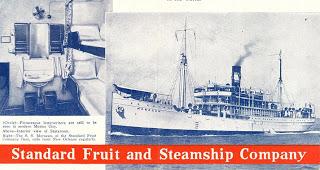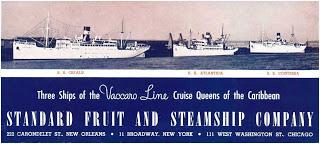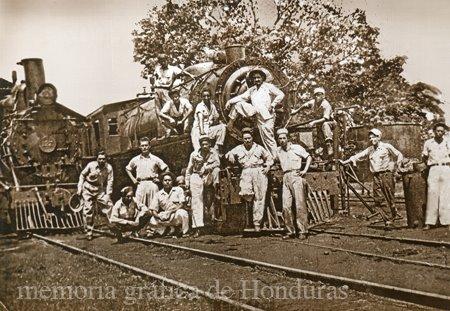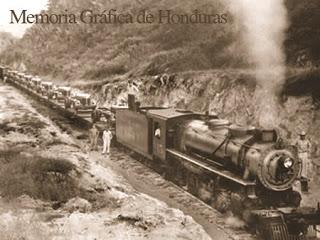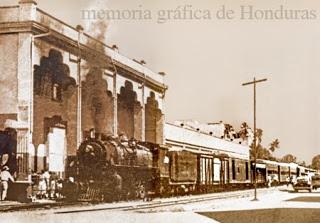Within the logic of the Liberal Reform, what happens at the end is the boost of an economic activity of colonial origin such as mining.
Mining economy
Dr. Soto, decided to promote abroad, mainly in the United States, the mining exploitation originated a mining enclave located in the town of San Juancito owned by President Soto himself, which was integrated as a partner in mining exploitation.
For example, this enclave does not pay export taxes, import taxes, national taxes, municipal taxes, it does not pay for the use of the natural resources it exploits, be it water, lumber, and other resources, which are freely provided by the government; in fact, the mining enclave is developed with all the facilities granted by the Honduran State.
By the end of the century, industries began to proliferate to make soft drinks, beer, soap, phosphorus, flour and shoes. In the North, non-traditional agricultural industries such as cotton, sugar and coconut oil appeared. Some newly arrived immigrants are dedicated to developing small craft industries to produce hammocks, ropes, petates and "Panama" hats. Tobacco production experienced a new boom from 1878, when Spanish immigrants developed cultivation in the Copan River valley.
However, none of these economic activities will compare with what would come later, when a new product appeared that would revolutionize the industry, and turned Honduras, for the first time, into an important agro-exporting country, and once again change its geographic center of gravity.
At the end of 1879, the Rosario Mining Co. was established in San Juancito, near Tegucigalpa, with a capital of 1.5 million pesos, with President Marco Aurelio Soto as a minority partner.
In this way, the small town of San Juancito, even before the capital, became the first town with electric lighting, which marked the difference between that site, linked to distant capitalist transactions due to the wealth of its precious metals, and the rest of the nation.
This company became the main transnational company until the beginning of the 20th century, when the economic pole moved towards the North coast with the development of banana cultivation.
Banana economy
Since the last decades of the 19th century some Central American countries, including Honduras, began exporting bananas to New Orleans. It was a business in the hands of small and medium producers both Honduran and foreign, whose product was marketed by U.S. agents in New Orleans and Mobile. Then, at the beginning of the 20th century, with the appearance of refrigerated transportation, that allowed a greater volume of bananas with less losses, and the expansion of the consumer market towards the northeast of the United States, the banana fleet grew and exports progressively increased.
Since there was not enough capital in Honduras, and the northern coast was sparsely populated and lacked adequate communications with the rest of the country, the Honduran government considered it a good business to give the two large North American banana companies, the United Fruit Company and Cuyamel F. Fruit Co., virtually all the land they needed for their crops, in exchange for the completion of the old railroad project to link the North with the South and thus consolidate territorial integration.
Lempira, the official currency of Honduras
By 1926 Honduras had been invaded by silver coins from different American countries, which became part of our money in circulation. For this reason the executive branch, eager to establish the uniformity of the monetary system in the country, submitted to the National Congress, in March 1926, a draft decree for the creation of the official currency of Honduras.
The Executive Branch was authorized name the currency, transferred this responsibility to Congress, and therefore a motion was made to name the currency "Morazan" or "Lempira". With 21 votes against 15, the motion adopted was that currency would be called Lempira. This name was adopted for the national currency pursuant to Decree 102 given in Tegucigalpa on April 3, 1926, when V Callejas as the President of the Congress and was approved by President Miguel Paz Barahona on April 6, 1926.
Development of communication infrastructure
A few months after coming to power, Soto orders the rescue of the railroad from Puerto Cortes to Pimienta, which was paralyzed for lack of maintenance. Shortly after, the stretch between Puerto Cortes and San Pedro Sula was ready to be used. Telegraph poles were placed between different urban centers and on July 1, 1877, the first connection between Tegucigalpa and Comayagua was established. Later they were integrated into the national network.
La Paz, Choluteca, Copan, Gracias and Santa Barbara. The submarine cable was also installed, connecting the Honduran network directly to Cuba, which in turn is linked to Florida and the telegraph network of the United States and the rest of the world. Other connections linked Honduras to Guatemala, El Salvador and Nicaragua.
At the same time, in order to take Honduras out of its international isolation, Soto created the National Post Office, thus becoming part of the global network that was then in the process of being created. Observing the extraordinary success of coffee exports in other Central American countries, especially Costa Rica, Soto tried to stimulate their production, establishing the Agrarian Law in 1877 and ordering the desamortization of the goods in the hands of the Church. It reorganized Customs, and state revenues almost tripled in three years. In 1879, he established a House of Currency in Tegucigalpa to produce the national currency. He created the Ministry of Defense to organize the first authentically national army, entrusting the task to the Cuban generals Antonio Maceo and Maximo Gomez, then exiled in Honduras. Another Cuban exile, Tomas Estrada Palma, who after the independence of his country would be its first president, is in charge of organizing the postal system.
